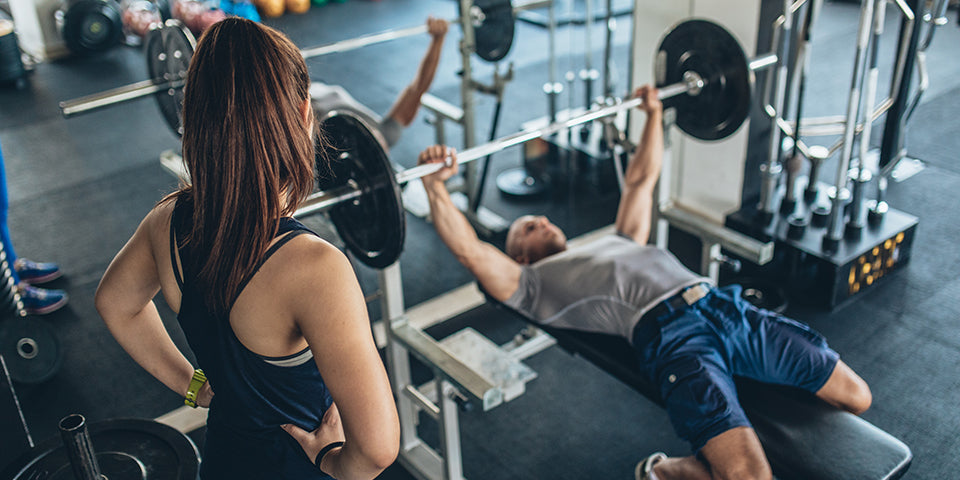Reps and Weights: Understanding the Relationship for Effective Training

The debate on the ideal number of repetitions for strength training is still ongoing in 2023. While some trainers lift low weights with high reps for toning, others lift heavy weights with low reps for muscle mass and strength. However, the reality is that different rep ranges work on different components of fitness. Training with a high number of reps develops the slow muscle fibres, which improves muscle endurance, while training with low reps and high weights improves muscle strength and explosive power.
Studies have shown that training with high weights and low reps leads to a significant improvement in muscle strength compared to training with low weights and high reps. Weightlifters who lift heavy weights also lose more fat percentage than those who perform aerobic activities, but a caloric deficit is still the most important factor in fat loss.
Are you confused about how many reps you should do at the gym? Don't worry, you're not alone. The debate over whether to do high or low reps has been going on for ages, and it still continues in 2023. But what's the ideal number of repetitions for optimal results? Let's take a closer look.
First, it's important to understand that fitness is made up of several components, including strength, muscle mass, and muscle endurance. Each different number of reps works on a different component. Trainers and physiologists use the "power bar" to describe the relationship between the number of repetitions and the weights lifted, and the strength component on which emphasis is placed.
According to the power bar, training with high reps and low weights develops the red, slower muscle fibers, which improves endurance. On the other hand, training with low reps and high weights activates the fast fibers, leading to strength and explosive power. As the number of reps increases, there is a shift from the strength component to the endurance component of the muscle.
A study on 23 cyclists found that lifting heavy weights with low reps resulted in significant improvement in leg press performance. The study emphasizes the advantage of training with high weights and a low number of reps, consistent with weightlifters and powerlifters who use this method to improve muscle strength.
But what about fat reduction? Many people believe that training with high reps is the best way to burn fat, but this is a myth. Heavy training with lower reps also leads to fat loss. More intense training, with less rest time and reaching failure, creates an effect at the hormonal, metabolic, and caloric levels that is also manifested in fat loss.
If your goal is to increase muscle strength, aim for six reps or less for about 80% of your training exercises. For hypertrophy, aim for 6-15 reps, and for muscle endurance, over 15 reps. For fat loss, focus on hypertrophy and endurance components with less emphasis on muscle strength.
For most trainees, it's recommended to perform a significant part of the training exercises in a repetition range of 6-15 reps. This range provides good muscle stimulation with a lower risk of injury compared to lifting higher weights with a lower repetition dose. This rule applies especially to beginner trainees.
In conclusion, a balanced training program that combines high and low reps with safe lifting weights is necessary to maximize results. Don't get stuck in the high vs low reps debate – focus on your personal fitness goals and use the appropriate repetition range to achieve them.
